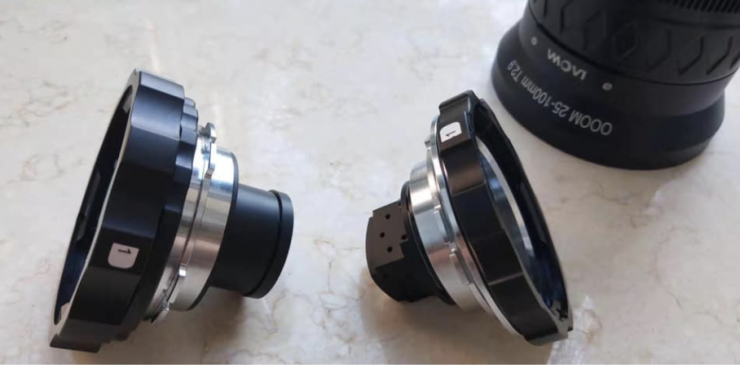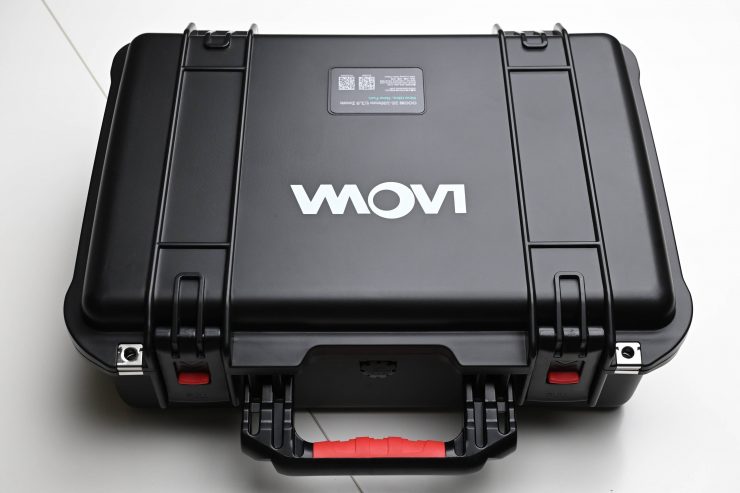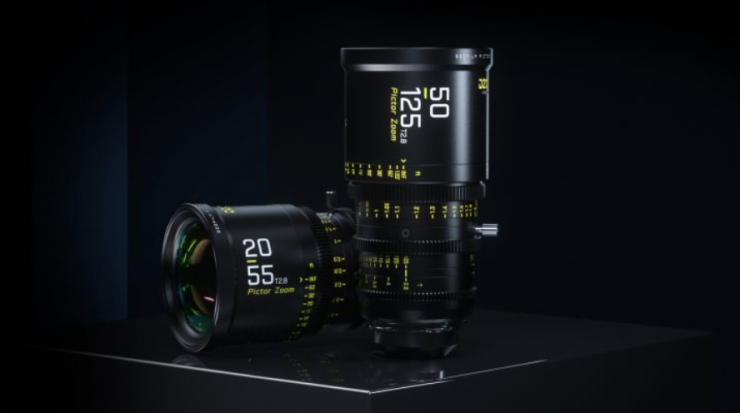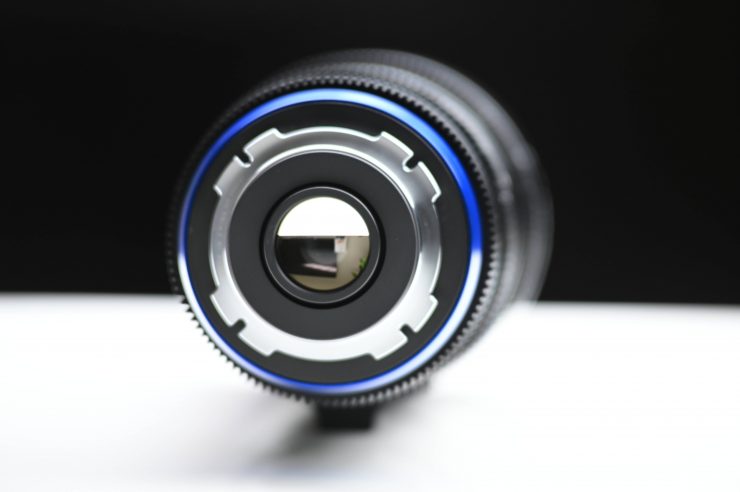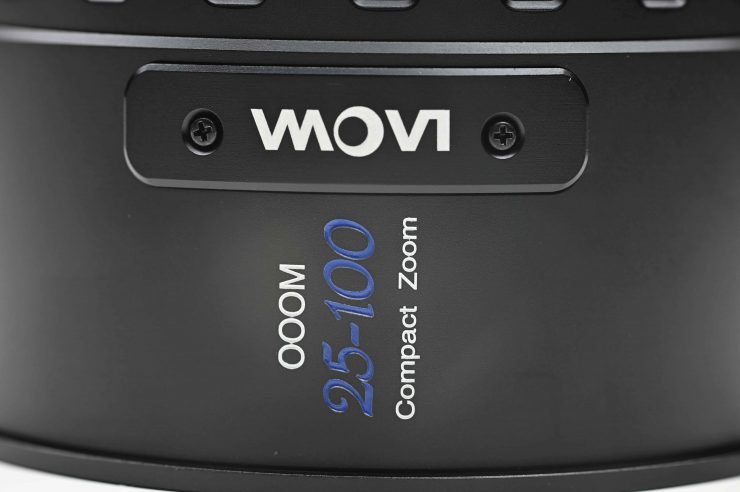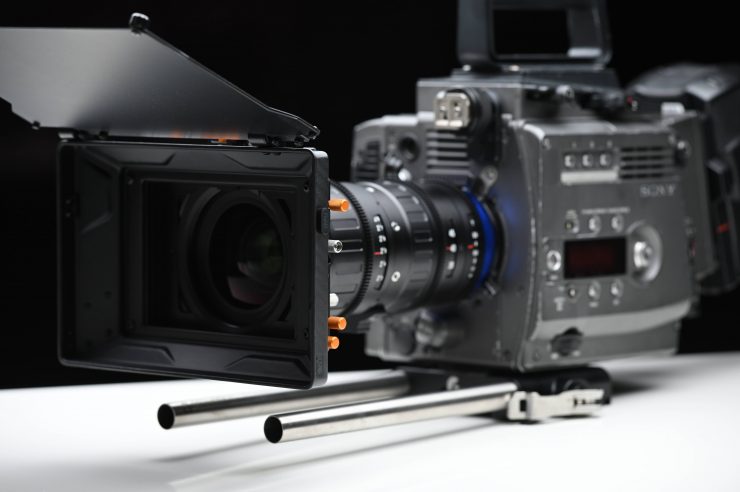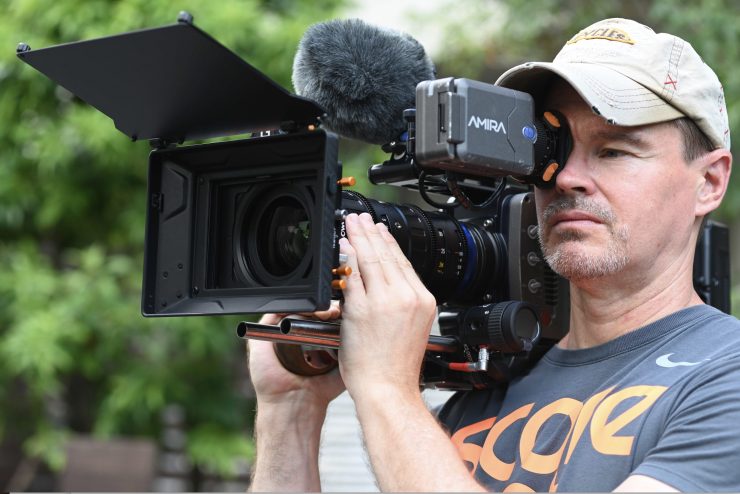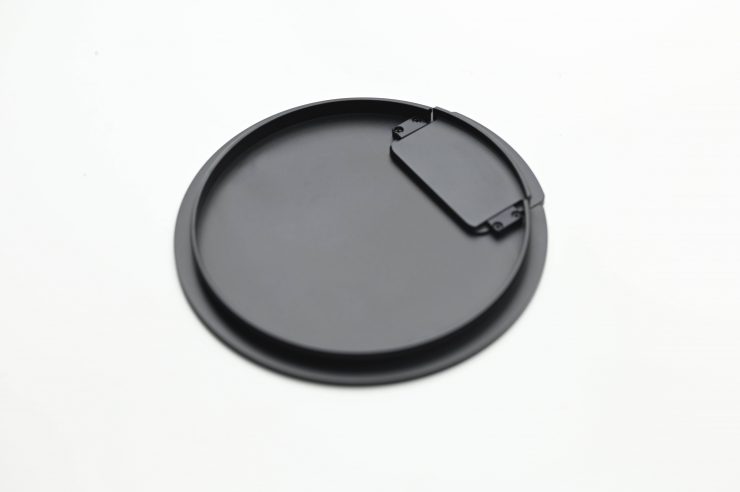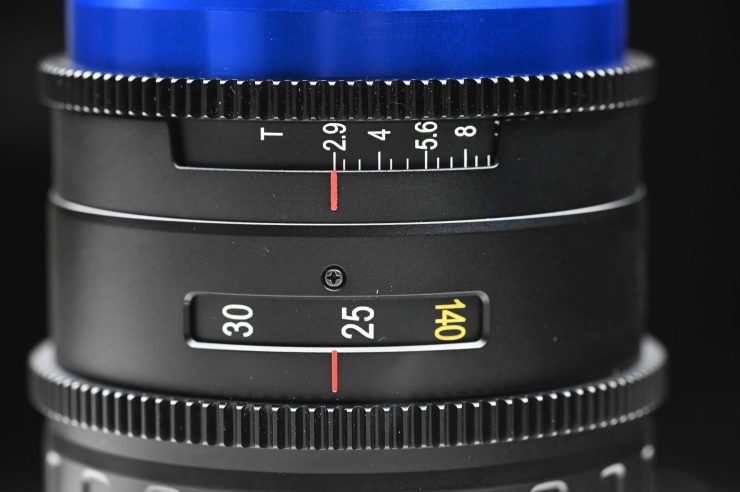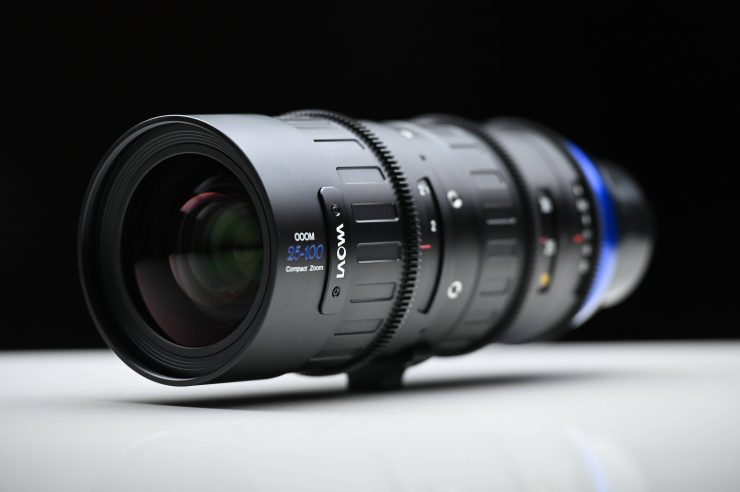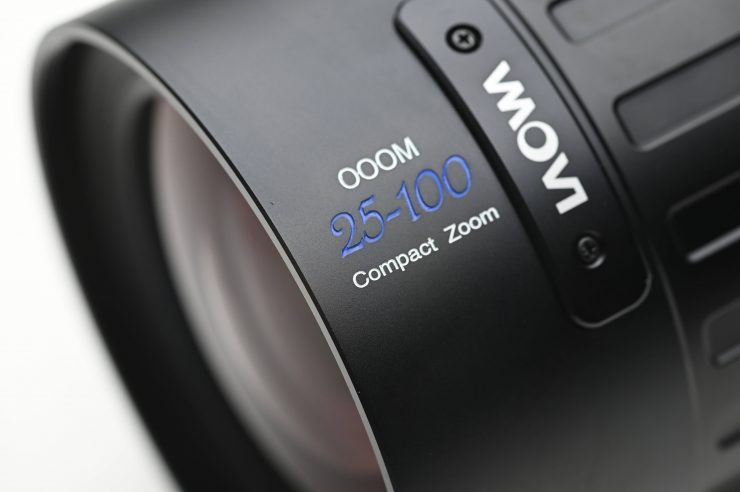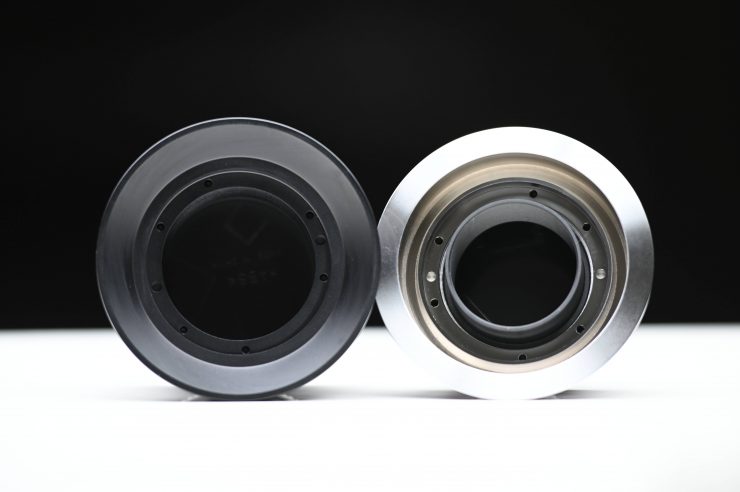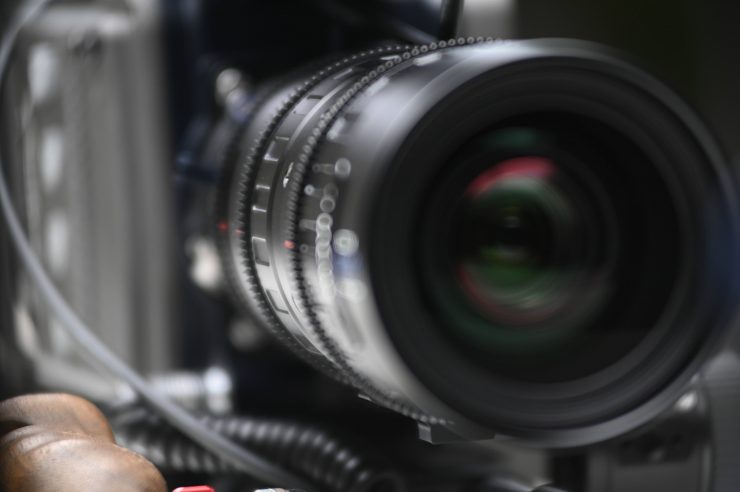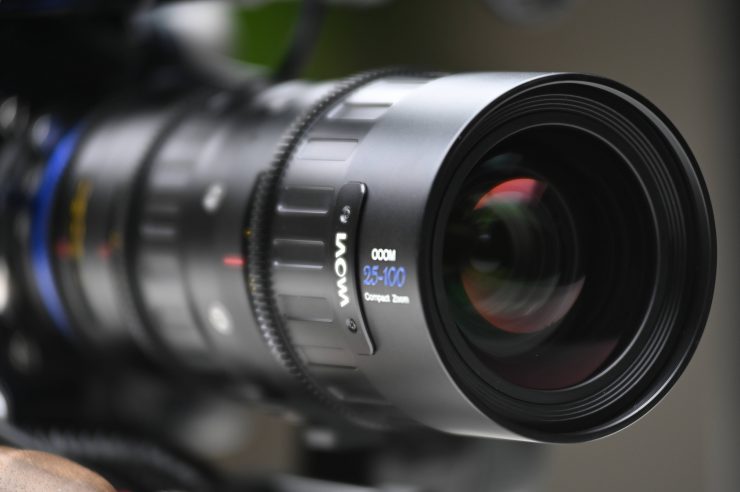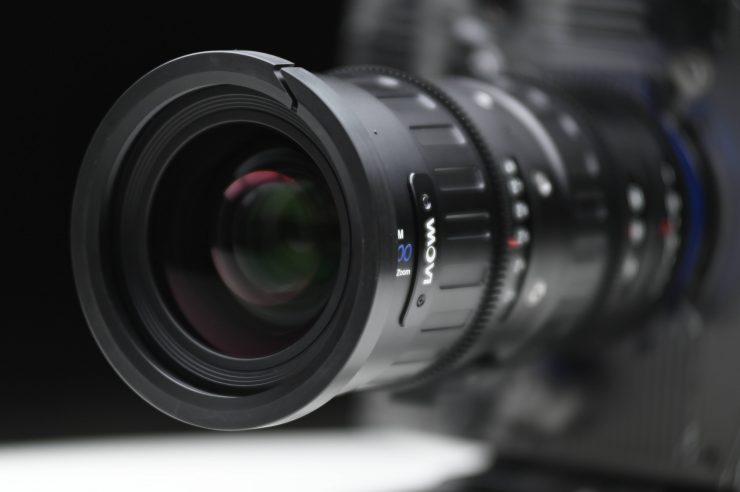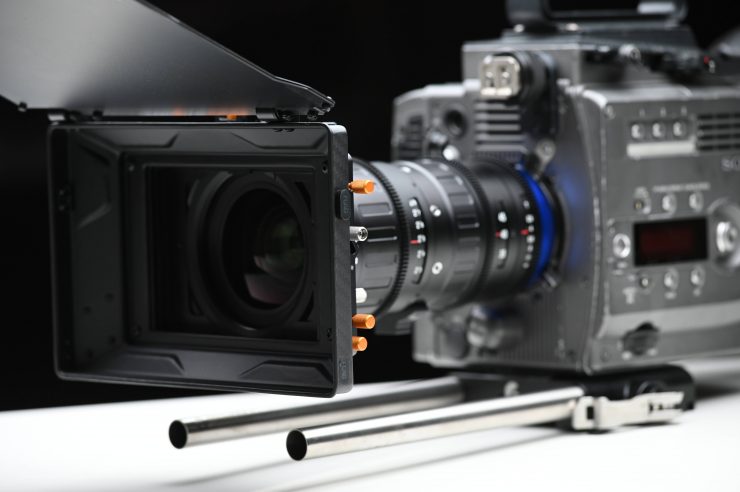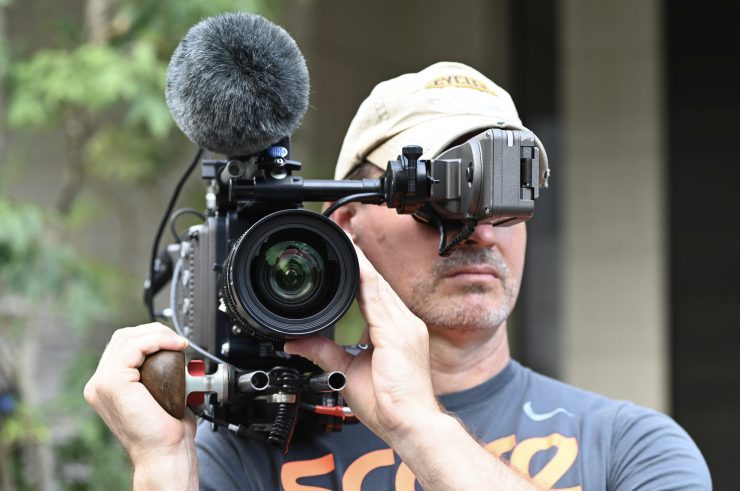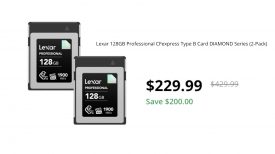
Laowa’s first dedicated cinema zoom lens, the OOOM (Out Of Our Minds) 25-100mm T2.9 is finally available to purchase.
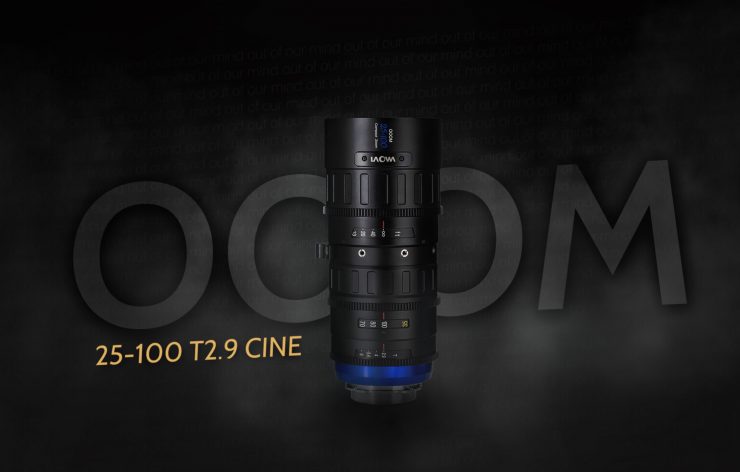
The Laowa OOM 25-100mm T2.9 covers S35 sized sensors and it offers a decent focal range, a constant aperture, and it is competitively priced at $5,000 USD.
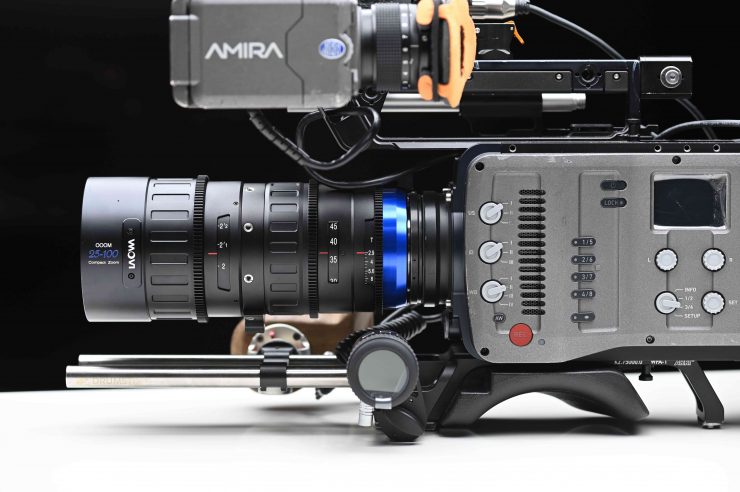
Laowa has always walked their own path and they continue to come out with unique and interesting lenses. Instead of just doing what everyone else has been doing they have purposely chosen to design and produce lenses that don’t follow the status quo.
We first reported on the OOOM way back in September 2018. I got to see a prototype and grab a few quick shots with the lens in March 2019.
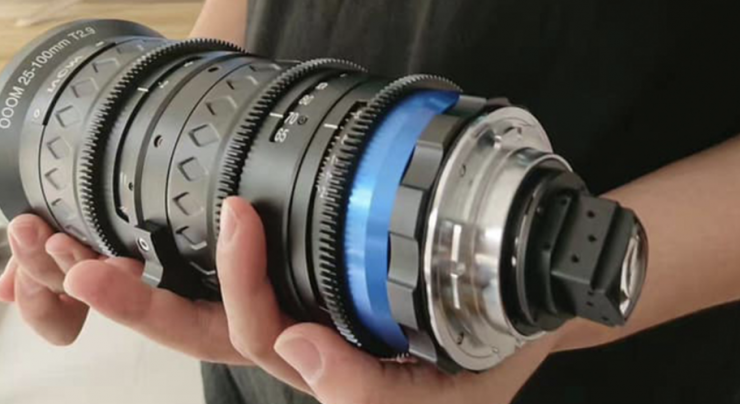
Towards the end of last year, they also announced a 1.33x Anamorphic Rear Adapter and 1.4x Full Frame Expander that are both included if you buy the lens as part of a kit.
Above is some example footage that has been shot by various people using the OOOM.
The only footage I shot with the OOOM is material that I am not allowed to show yet because I don’t have permission from the client. I didn’t get a chance to go and shoot anything else because the number f COVID cases in Tokyo has increased and I’m not going to put myself or anyone else at risk for the sake of a review.
What do you get?
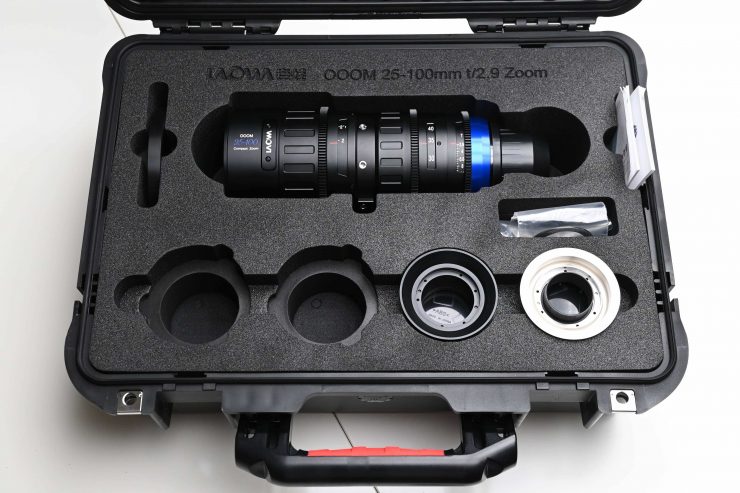
The OOOM 25-100mm T2.9 comes in its own custom hard case. Here is everything that is included:
- Laowa OOOM 25-100 T2.9 Cine in PL Mount
- EF-mount bayonet
- E-mount bayonet
- Shims
- Front and End Caps for every mount
- Lens Cap with 3/8″ thread hole
- Tools for mount conversions
- Hard case with modular foam
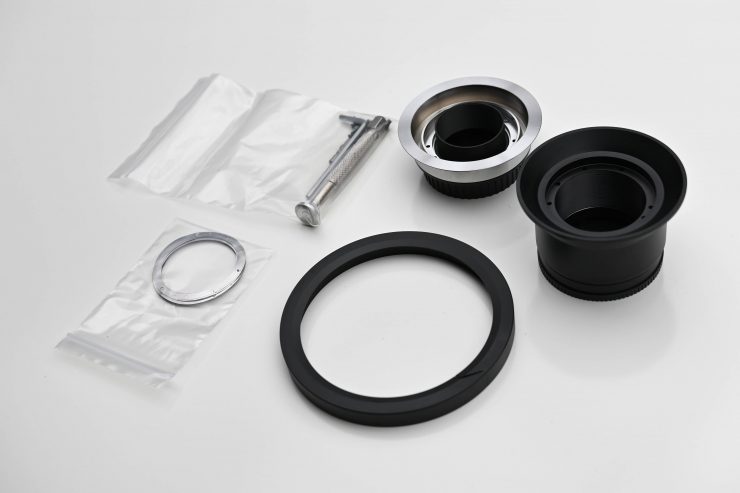
Laowa certainly includes a lot of items that most manufacturers would be charging extra for. Getting three lens mounts, tools, shims, and a hard case for $5000 USD represents very good value for money.
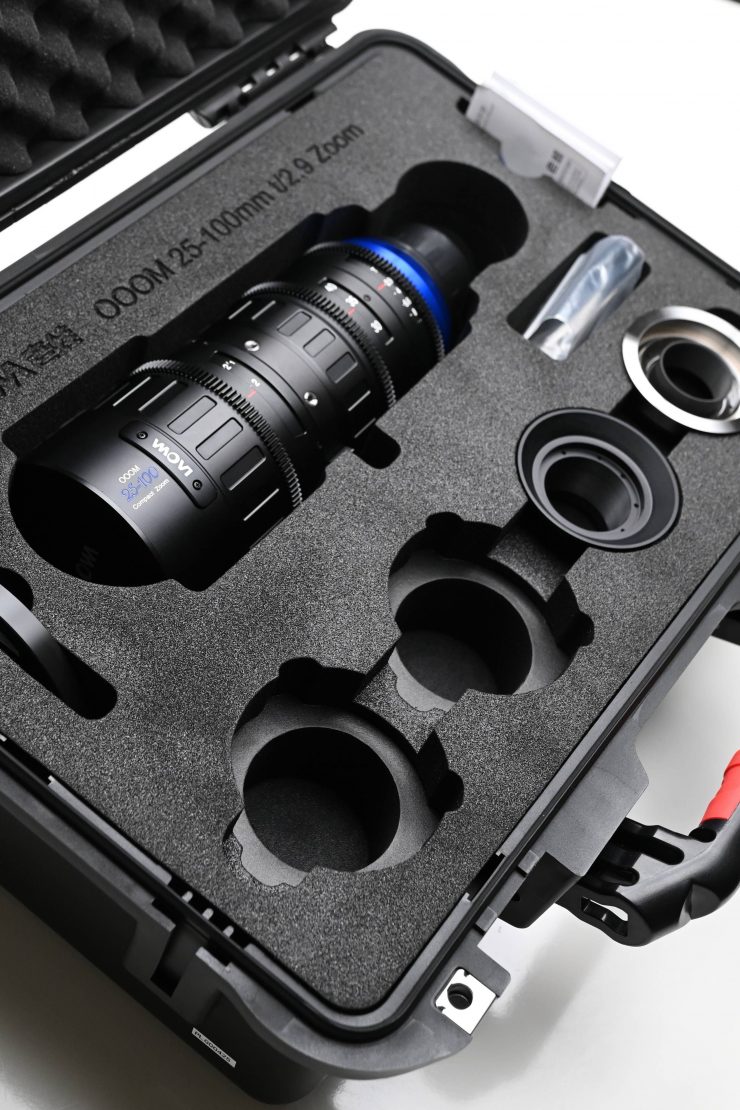
The case design is well thought out and Laowa has also incorporated cut-outs for the optional 1.33x Anamorphic Rear Adapter and 1.4x Full Frame Expander. You will eventually be able to buy the 1.33x Anamorphic Rear Adapter and 1.4x Full Frame Expander as apart of a kit with the OOOM.
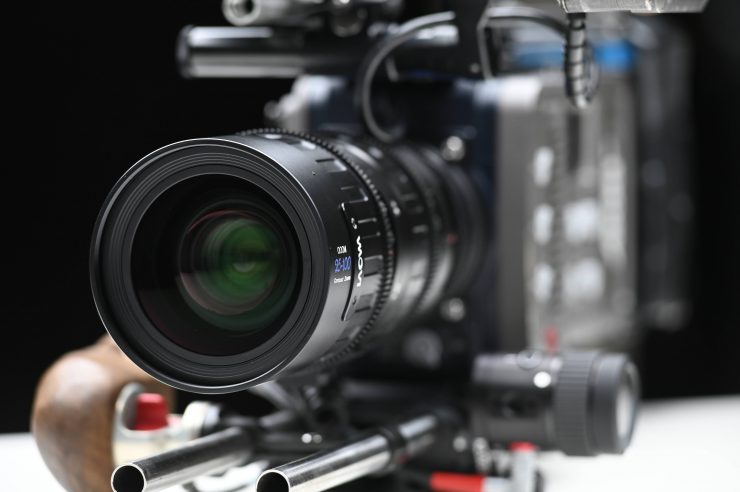
Key features
- 4X zoom range
- Super 35+ coverage
- Parfocal design
- Extremely low focus breathing
- Constant T2.9
- Super close focusing distance
- Interchangeable PL/EF/FE mounts
- Optional Full Frame sensor compatible via 1.4x FF Expander
- Optional 1.33X Rear Anamorphic Adapter designed to create 2.39:1 widescreen aspect ratio
Why make an S35 cinema zoom?
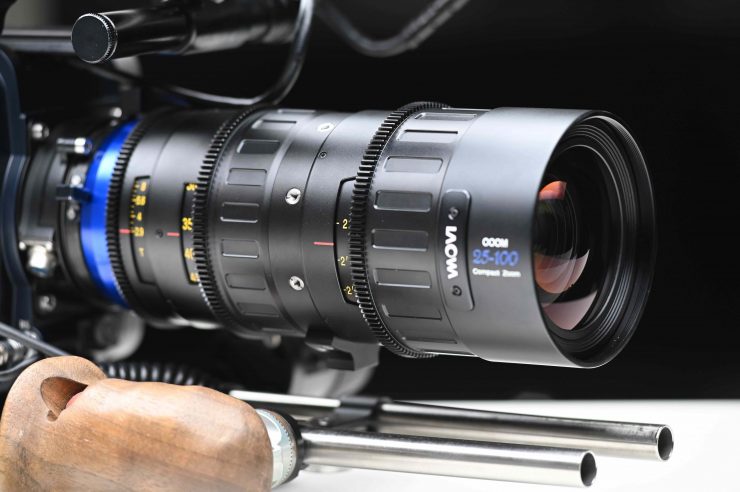
Despite the recent push towards full-frame and larger sensors, I personally still think there is a big place for S35 zooms. It is much cheaper to manufacture and make an S35 zoom than a zoom that covers full frame. You can also make the lens lighter and give it a far greater focal range while keeping the size of the lens reasonable.
I own a couple of S35 cinema zooms and they are my go-to lenses for a lot of the work I do. A lot of owner-operators would like a dedicated cinema zoom, but it is usually the cost of entry that gets in the way. Lenses like the Laowa 25-100mm T2.9 certainly make that step a lot more affordable if you are looking at moving from a stills based zoom to a cinema zoom.
There is also a wide array of expanders now available, including one made by Laowa themselves that allows you to use this lens on full-frame sensors.
As far as versatility is concerned, Laowa also makes a 1.33x Anamorphic Rear Adapter and 1.4x Full Frame Expander.
The 1.33x Anamorphic Rear Adapter enables you to capture footage with a 2.35:1 aspect ratio on any S35 camera that has a 16:9 sensor without losing any resolution. What is very interesting is that this is just an adapter so you can attach just about any prime or zoom lens that you may have to capture in a 2.35:1 aspect ratio.
Now, you need to be aware that on some cameras there is a low-pass filter between the bayonet and the sensor. Before mounting the 1.3x anamorphic adapter, you need to use the slot plate to check if the space between the sensor and the bayonet is deep enough for mounting.
The 1.4x Full Frame Expander allows you to use the OO0M on full-frame sensor cameras. It changes the focal length and T-stop from 25-100mm T2.9 to 35-140mm T4. With the 1.4x expander on the lens will cover an image circle of 46.5mm.
Unfortunately, I wasn’t able to test either of these adapters as they weren’t available at the time of this review.
Competition?
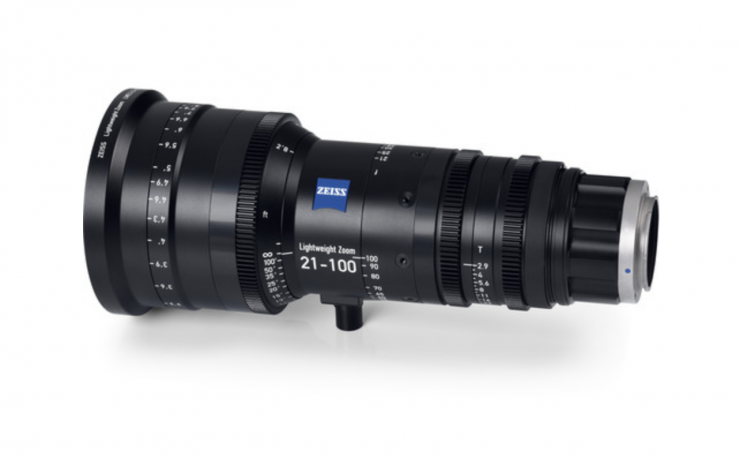
When this lens was initially announced there wasn’t a lot of direct competition. The closest PL mount lens to the Laowa was the ZEISS 21-100mm T2.9-3.9 Lightweight Zoom LWZ.3 Lens which retails for $9,900 USD.
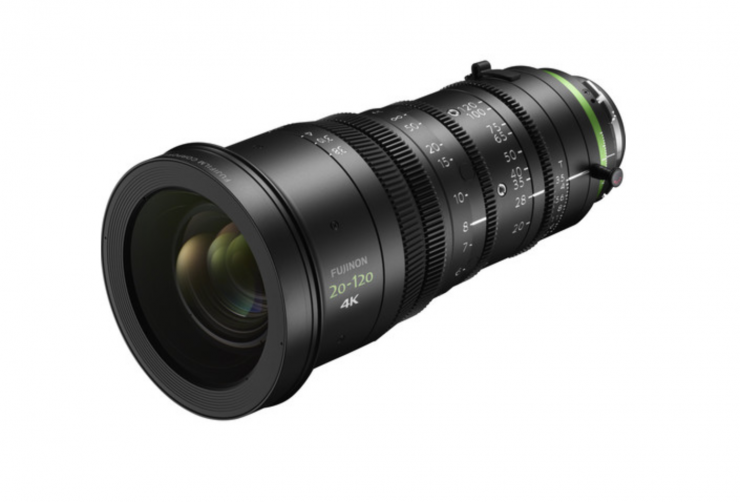
You could also argue that the Fujinon XK20-120mm T3.5 Cabrio Premier Lens (no servo) is also a competitor. It retails for $9,999 USD and it does have a greater focal range than the Laowa, but it is also double price.
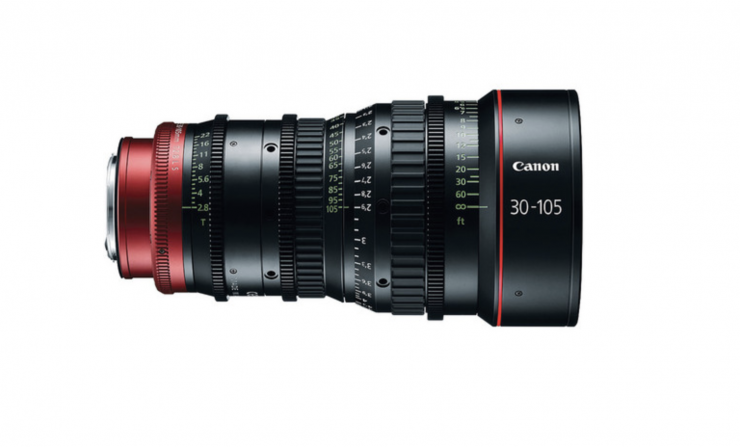
Another lens to look at is the Canon CN-E 30-105mm T2.8 L SP Telephoto Cinema Zoom Lens with PL Mount that recently had a massive price reduction and is now available for $9,999 USD.
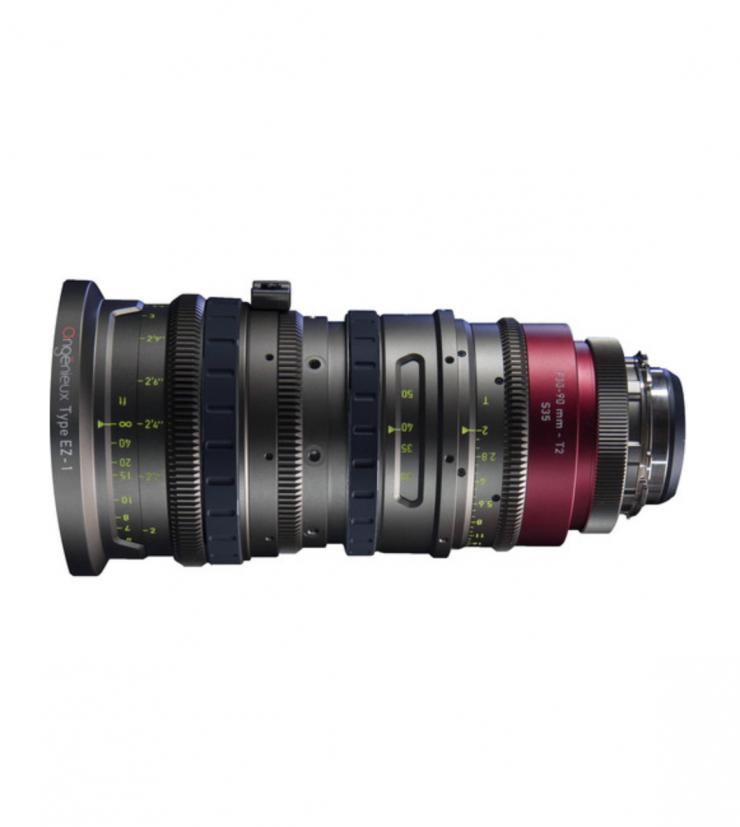
There is also the Angenieux 30-90mm S35 Cinema Lens with PL Mount that costs $10,970 USD. It has the ability to swap over the rear element so you can turn it into a full-frame lens.
You do need to keep in mind that the Canon, Zeiss, and Angenieux are double the price of the Laowa OOOM.
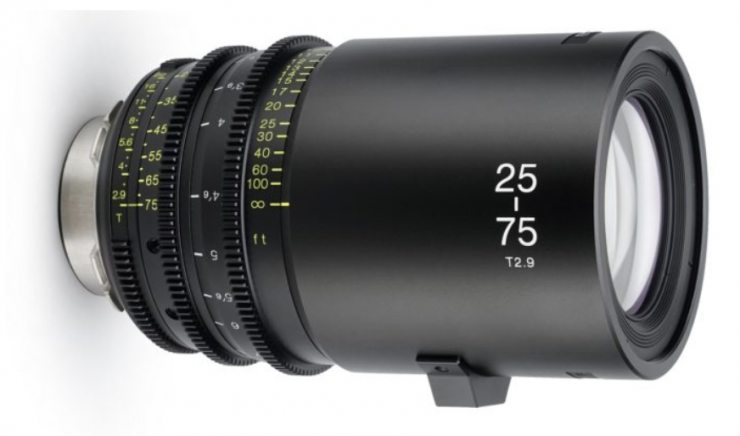
A few other affordable S35 zoom lenses that come in PL mount are also coming to market, such as the Tokina 25-75mm T2.9 and the DZOFILM Pictor 20-55mm T2.8, but neither of those lenses matches the focal range of either the Laowa, Canon, or the Zeiss.
Making a cinema zoom lens from the ground up is no easy task, that is why most companies who previously made stills lenses either stick to primes or just rehouse existing zooms they already have.
Build Quality
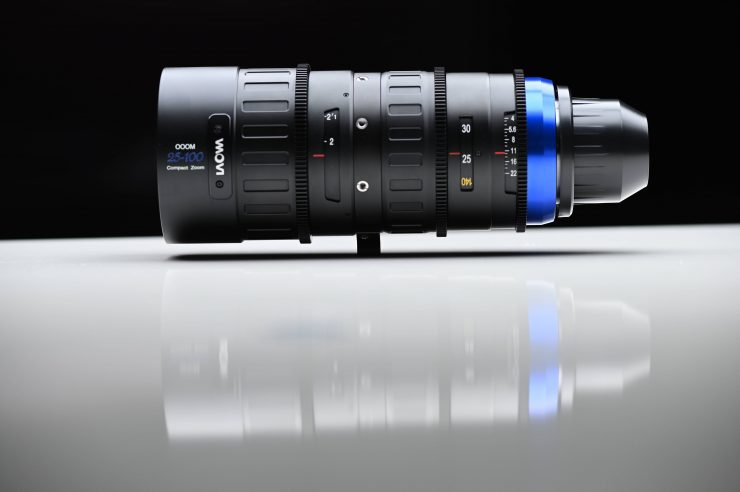
The 25-100mm T2.9 OOOM is robustly made, and I was quite surprised given a lot of cinema lenses from that part of the world don’t always have the best build quality. Look, it isn’t as well made as a Zeiss, or an Angeniuex, but for a $5,000 USD lens, Laowa has done a great job. The build quality of the lens has improved significantly from the early prototypes I first saw.
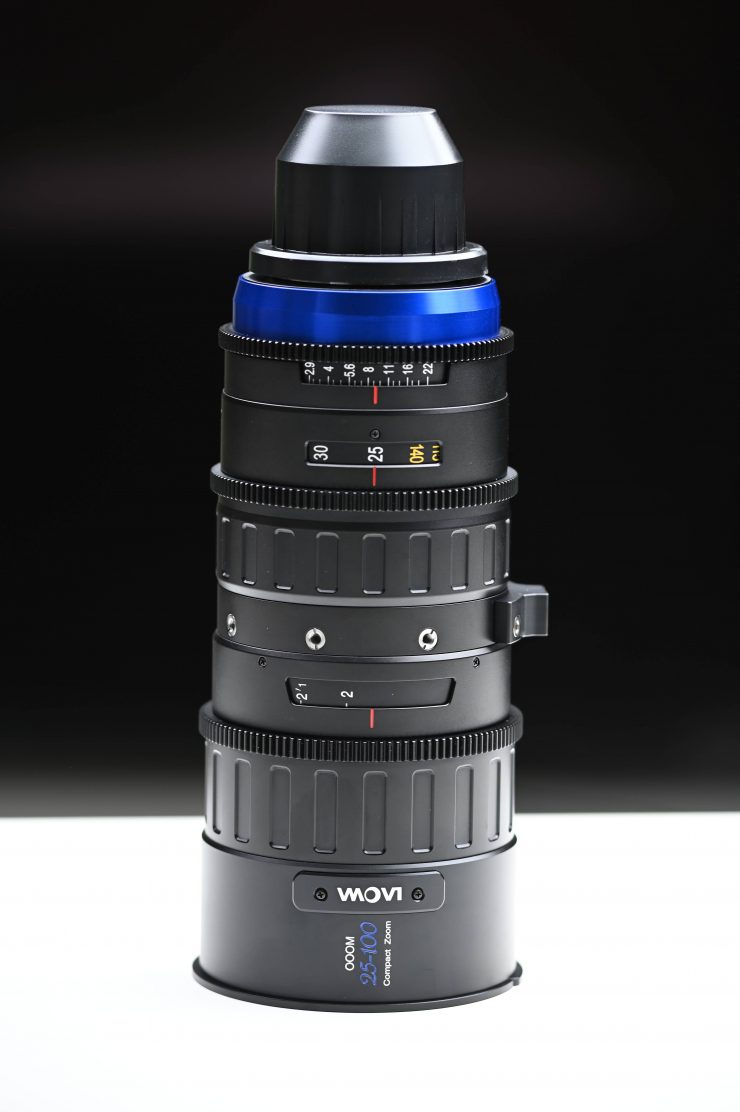
The lens feels solid in the hand and it does carry some weight. I independently weighed the lens with its default PL lens mount and it tipped the scales at 2.7kg (5.95lb). How does the weight compare to the similar PL mount cinema zooms? Well, below you can see:
| WEIGHT | |
| Laowa OOOM 25-100mm T2.9 | 2.7 kg (5.95 lb) |
| Zeiss 21-100mm T2.9-3.9 Lightweight Zoom LWZ.3 | 2 kg (4.4 lb) |
| Fujinon XK20-120mm T3.5 Cabrio Premier Lens | 2.4 kg (5.3 lb) |
| Canon 30-105mm T2.8 L S | 2.2 kg (4.8 lb) |
| Angenieux EZ-1 30-90mm S35 Cinema Lens | 2.2 kg (4.7 lb) |
As you can see this lens is heavier than other competing options.
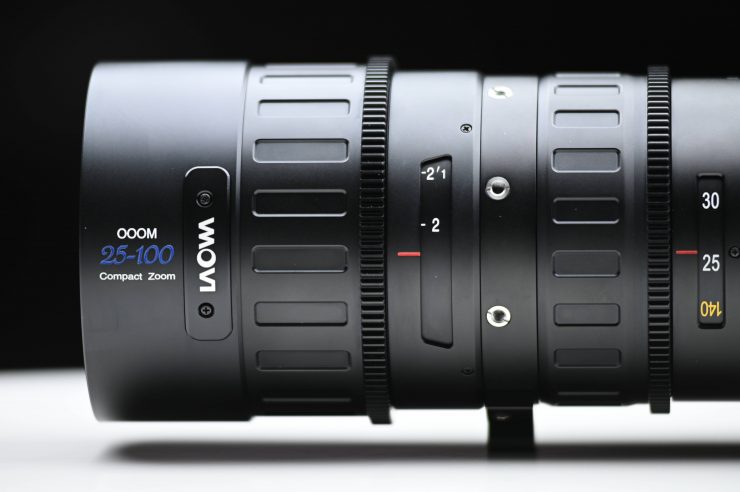
The OOOM has a fairly large 300° of focus rotation and the zoom, focus, and iris rings are all fairly nicely weighted and are not too firm or too loose.
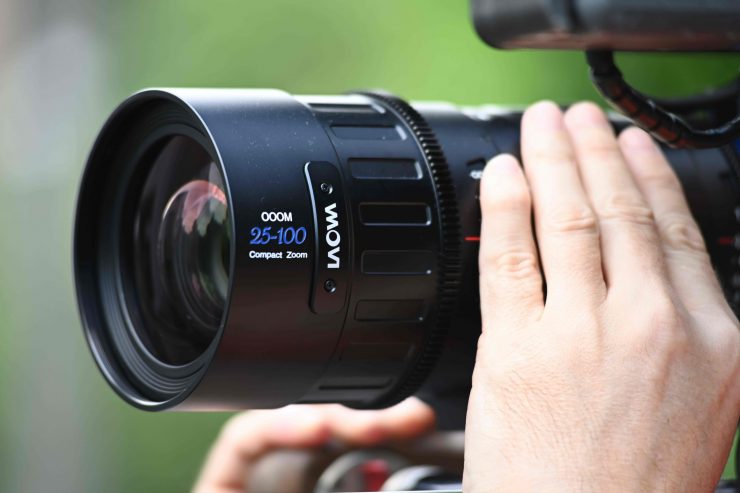
I did find that the focus ring was not completely smooth throughout the range, and in certain spots, it did feel a little firmer than others. However, operationally I didn’t really notice that effected anything that I was doing.
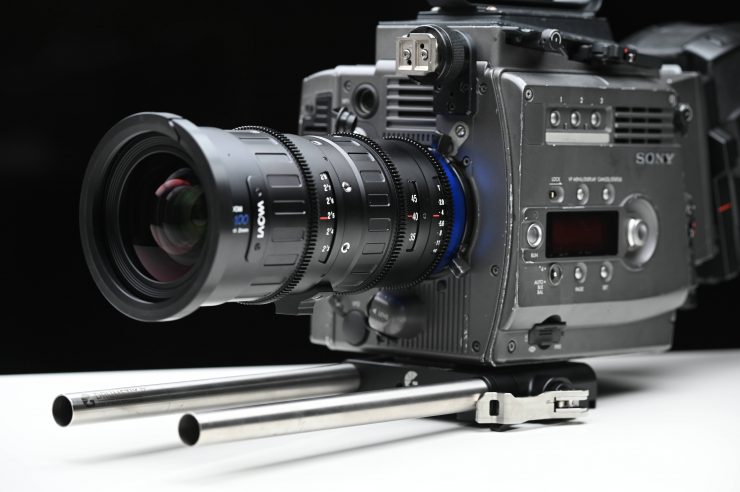
The lens does have an unusual front diameter (110mm) but it does come with a removable common 114mm front ring. Once you attach the 114mm front ring you can easily put on any industry-standard matte box.
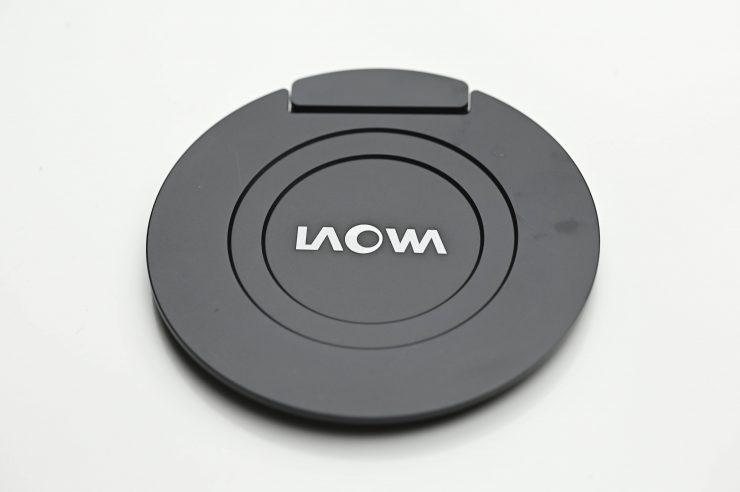
The lens does come with a metal lens cap. The style is very similar to what you would find with Angenieux lenses.
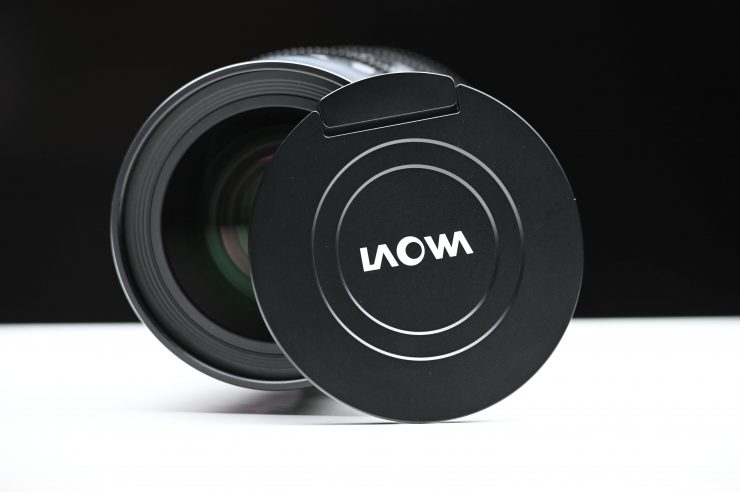
This is well made, but you need to be careful when placing it back on the front of the lens because it isn’t plastic like most lens caps and you could potentially scratch the glass if you are not careful.
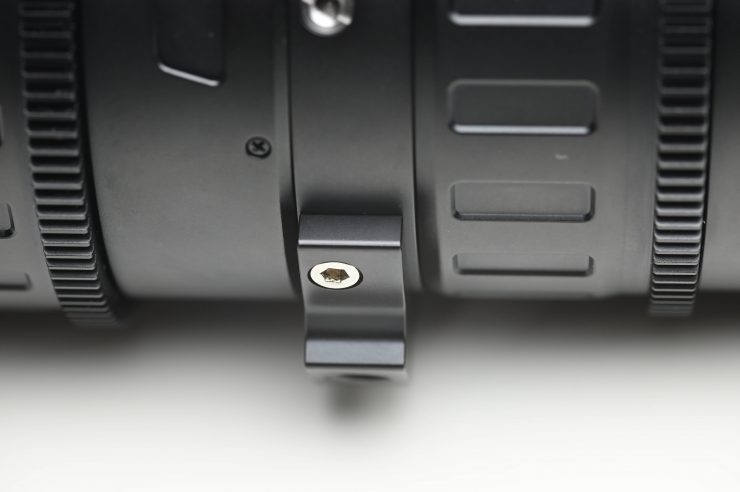
On the bottom of the lens, there is a removable lens support.
Markings
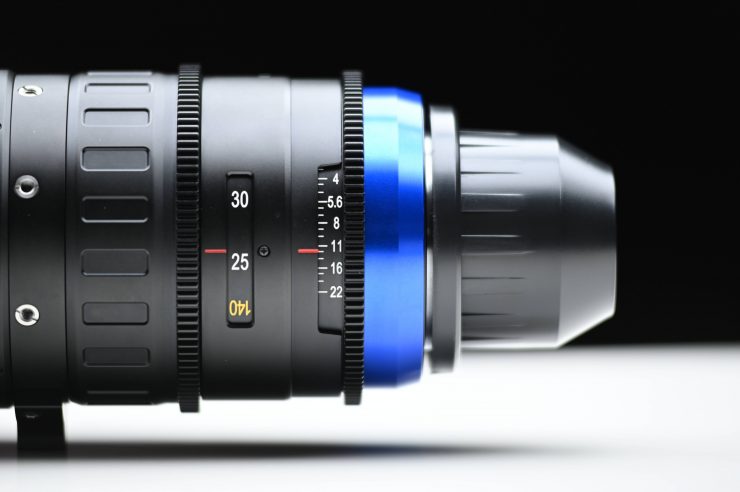
The OOOM 25-100mm T2.9 is available with either feet or meter markings. The lens doesn’t have nearly as many visible markings as most other cinema zoom lenses. It isn’t that there aren’t enough markings, it is just that they are hidden away out of view.
Given the intended target market of this lens, I don’t necessarily think that the lack of visible markings will be too much of a concern. However, if you are going to use this lens on larger productions, first ACs may not be happy that they can’t see all of the markings on the lens.
Optical design
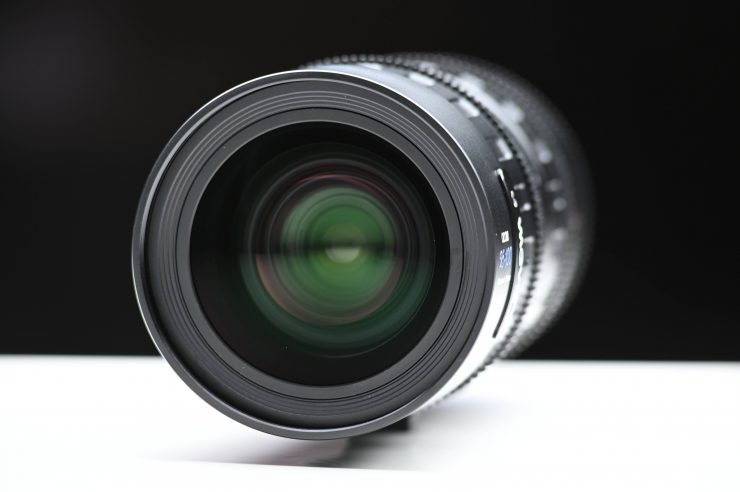
The optical design of the OOOM consists of 20 elements in 16 groups. It has 9 aperture blades and a close focus ability of 60cm (1.97 ft). This is pretty good for a lens with this focal range.
User Changeable Mounts
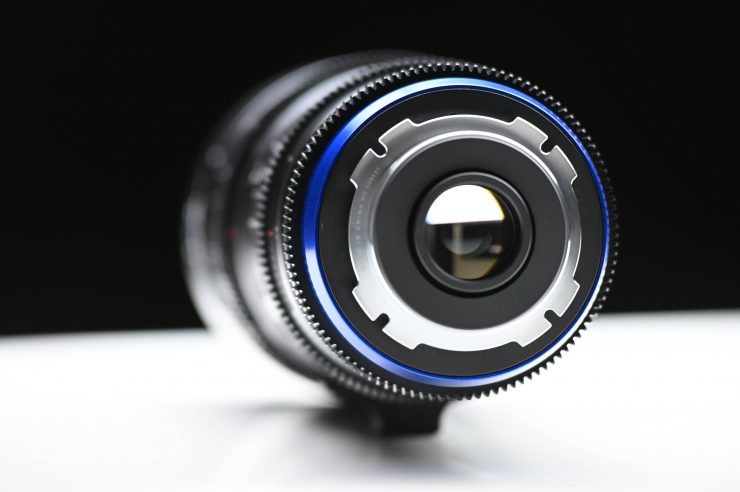
The OOOM lens comes with a PL mount as well as standard Canon EF and Sony E mounts. These mounts are user-changeable. You do have to take out screws to remove the rear mount and then place a new mount on and then tighten up the screws.
This is not a super quick process, but in saying that, it can be done within 5 minutes.
Having interchangeable lens mounts for the OOM certainly increases the lens’s versatility so you can use it on a variety of different cameras.
Focal range
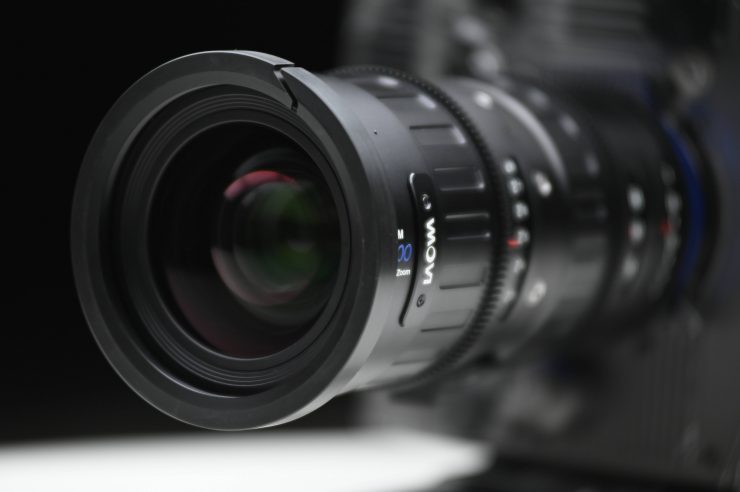
The focal range of 25-100mm is a nice useable range and it will suit a lot of shooters’ needs. This isn’t an all-in-one zoom and it is not something you are going to shoot a whole documentary with. At 25mm it isn’t particularly wide and that may well put some potential buyers off.
With cinema zooms, you can’t have your cake and eat it too. If you want a constant T2.9 aperture the focal range is going to be compromised unless you want to create a very large, very heavy, and very expensive lens. If Laowa had have decided to make the starting focal length wider while trying to maintain the size and weight of the OOOM they would have had to compromise on the lenses reach. It is all good and well to want a constant T2.9 cinema zoom that has a focal range of 16-200mm that only weighs 2.5kg and costs $3,000 USD, but that just isn’t possible.
There is a reason companies such as Fujinon chose to make their lower cost zoom lenses in focal lengths of 18-55mm and 50-135mm. In a lot of ways, those focal lengths make more sense for shooters using S35 sized sensor cameras.
Look
The lens has its own unique characteristics. It’s not a perfect lens optically and it doesn’t have the clean look of say a Zeiss. I actually found that it sort of reminded me of an older Angenieux zoom.
It isn’t overly contrasty, but it’s also not too flat. It is somewhere in the middle if that makes sense. The colors are a little subdued and they don’t pop as much as some other lenses, but again everyone has different tastes when it comes to lenses.
What is nice about the OOOM is that it is different and I think that is why I like it. Laowa hasn’t tried to make an optically perfect lens, not because they probably couldn’t, but rather because they chose not to. If you have a look at other S35 cinema zoom lenses that are out there, most of them are very clean and clinical. For Laowa their whole philosophy is not to do what other people are doing, so there was no point in them trying to make a lens that was similar to everyone else.
It is important to remember that lenses can look quite different depending on what camera system you use. Whether you like the look of the Laowa OOOM will always be subjective and come down to personal taste.
Sharpness
Look, I will come out and say it, this isn’t a super sharp lens. If you want a super sharp clinical looking lens this isn’t one of those lenses. That’s not to say it is soft either, but there are sharper options out there.
Wide-open at T2.9 it is a little soft, but it does improve quite dramatically once you reach T4 and above. T5.6 to T8 is definitely its sweet spot when it comes to sharpness.
What was interesting to discover during my testing was that the lens was actually a lot sharper at T2.9 at wider and mid focal lengths. From around 80mm to its maximum focal length of 100mm is wasn’t as sharp as when I was testing it at wider focal lengths. When I asked Laowa about this they told me that ‘The OOOM has been optimized to have the best performance around the 5m (mid portrait distance) as we thought this is the most popular shooting distance.’
Bokeh
The bokeh is quite nice and pleasing. It remains reasonably round and even when you start to stop down it doesn’t turn completely into a stop sign shape.
I personally quite liked the bokeh the lens produces, but again, image characteristics such as bokeh are very subjective.
Parfocal?
Laowa claims that the lens is parfocal, and from my testing, I concluded that it is. There were no signs of the focus changing at various focal lengths.
Does it breathe?
I did some tests to see how much focus breathing the lens has, and I’m happy to report that it is fairly well contained. That is not to say the lens doesn’t breath, because it does. It is certainly more noticeable at wider focal lengths, but for a $5000 USD cinema zoom lens, the amount of focus breathing was still pretty good. Whether or not you think the amount of breathing is acceptable is something you can decide for yourself.
Chromatic Abberation?
There is certainly visible chromatic aberration when the lens is used wide open at T2.9. Once you stop down it does improve quite a lot. In saying that, it never really goes away but it’s not overly distracting at higher T stops.
How does it handle flare?
Whether or not you like the flare comes down to personal taste. I personally liked the type of flare this lens produced. It still flares nicely, but it also has the ability to still keep a good amount of contrast.
Real-World Usage
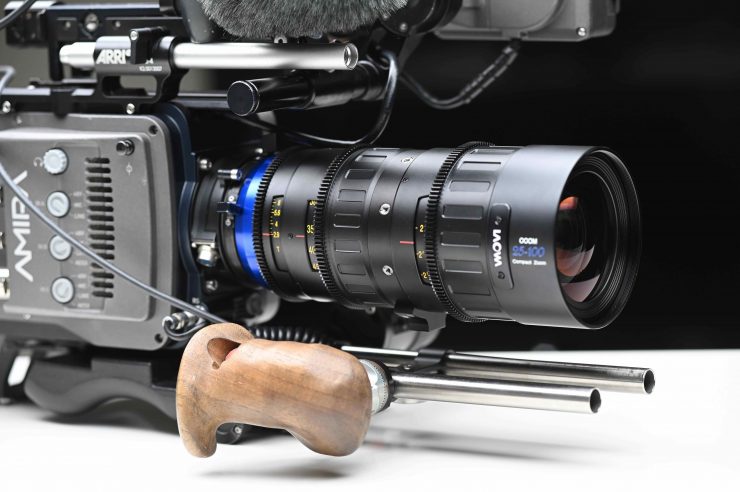
The OOOM 25-100mm T2.9 is right at home on modern-day digital cinema cameras or older digital cinema cameras. I found that the ‘look of the lens’ was very aesthetically pleasing.
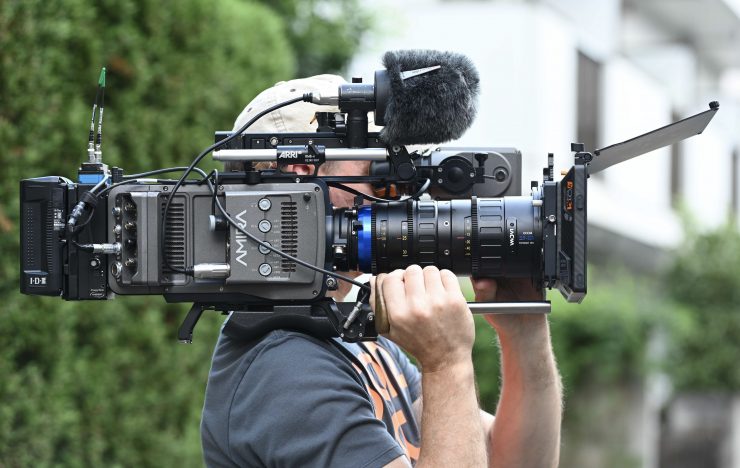
It is easy to use and operate, but you do need to factor in the weight if you plan on using it with certain camera setups. On larger cameras such as an ARRI Amira, it balances nicely, but on smaller cameras, you would need to add counterweight at the back of your set up to obtain a good amount of balance.
The focus throw is 300 degrees and that doesn’t make it overly suitable to anyone who is pulling focus by hand as a solo shooter. The lens barrel also has quite a large circumference which also doesn’t help you to pull focus by hand. These are things to keep in mind if you plan on using it in that capacity.
I did try the lens out with an electronic follow focus system and it performed well.
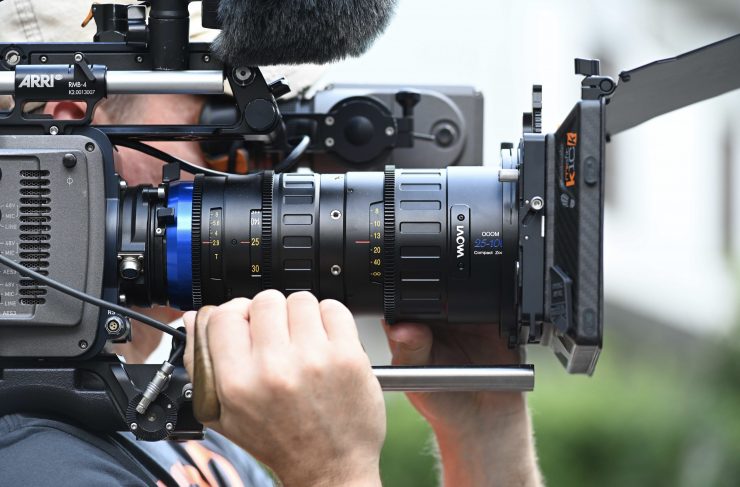
Just to be crystal clear, this is not going to be a lens for everyone. If you have been using stills lenses for video, moving to a purpose-made cinema zoom lens may not be for you. You have to seriously consider weight, size, focus throw, and usability.
Full Specifications
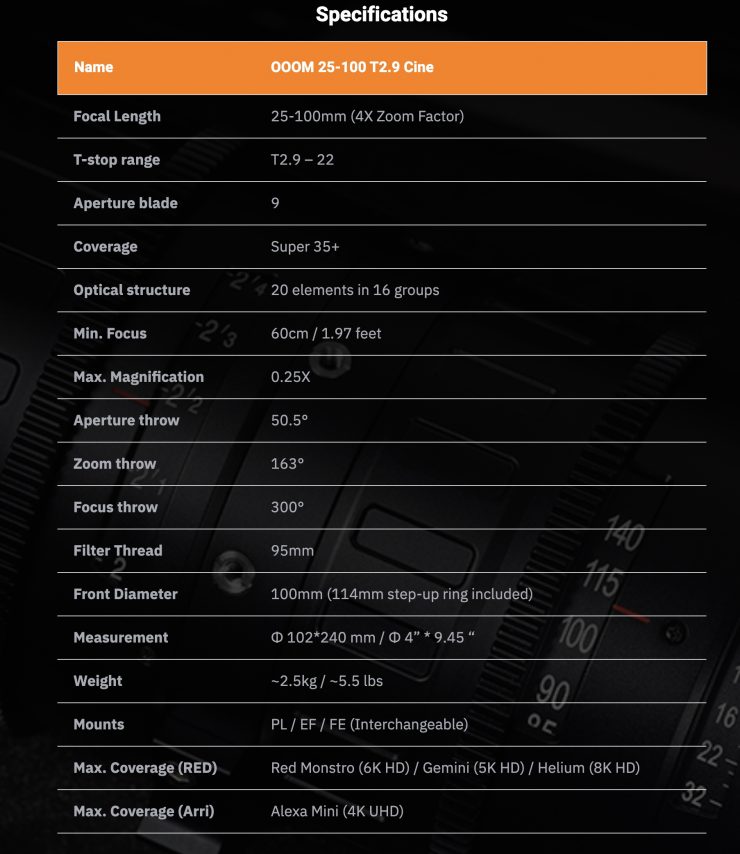
Conclusion
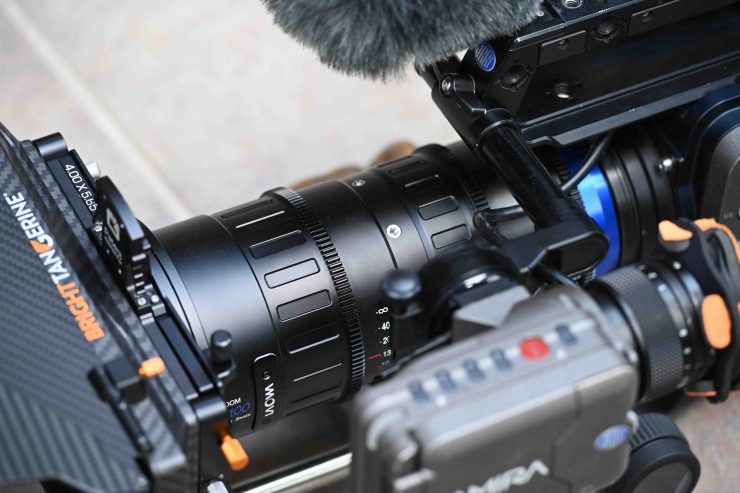
Despite some of its optical flaws I really like the Laowa OOOM 25-100mm T2.9. The lens has character and personality and I think the fact that it isn’t optically perfect is one of its biggest drawcards.
It’s not the sharpest of lenses (especially at the long end), and it does suffer from some CA when used wide open, but it flares really nicely, creates nice bokeh, and it renders out of focus areas and highlights in a nice subtle way.
The lens is a little on the heavy side and you need to take that into account if you are thinking about buying one.
It is well made and built for a cinema zoom lens at the price and I like the versatility of being able to swap over mounts and the upcoming ability to use the lens with a 1.4x Expander on full-frame sensors. Having a 1.3X anamorphic adapter will also help the lens stand out from other options.
My biggest concern is that at the moment is the OOOM is the only zoom lens that Laowa makes. While the focal range is pretty good for a lot of applications, Laowa needs to bring out a wider and a tighter zoom to complete a set. If you buy the OOOM you will have to make it work with other lenses that you already own, and this may well result in footage that looks drastically different. This is just something to think about if you are considering purchasing.
All in all, Laowa has made a really nice lens. Making a cinema zoom lens from the ground up is no easy task and for a first-up effort, it is a fantastic achievement.
The lens isn’t sterile and boring, but its also not optically perfect. Whether you like the ‘look’ of this lens will very much be a subjective choice.
It is great to see a relatively affordable purpose-built cinema zoom come to market. The OOOM offers a really good alternative to more expensive offerings and it is sure to draw a lot of interest from shooters who are looking to transition from still photography zoom lenses to a cinema zoom, or for those who had their eyes on a more expensive cine zoom but couldn’t justify the cost.
The OOOM offers tremendous value for money and there aren’t any other comparable cine zooms lenses on the market that come close to it in that regard. The only slight caveat is that you can’t have your cake and eat it too. The OOOM isn’t optically as good as some other lenses, but that is why it is $5,000 USD and not $10,000 USD.
I really liked the OOOM and it punches above its weight. It has character and personality and I applaud LAOWA for doing something no one else has done.
Like what we do and want to support Newsshooter? Consider becoming a Patreon supporter and help us to continue being the best source of news and reviews for professional tools for the independent filmmaker.

